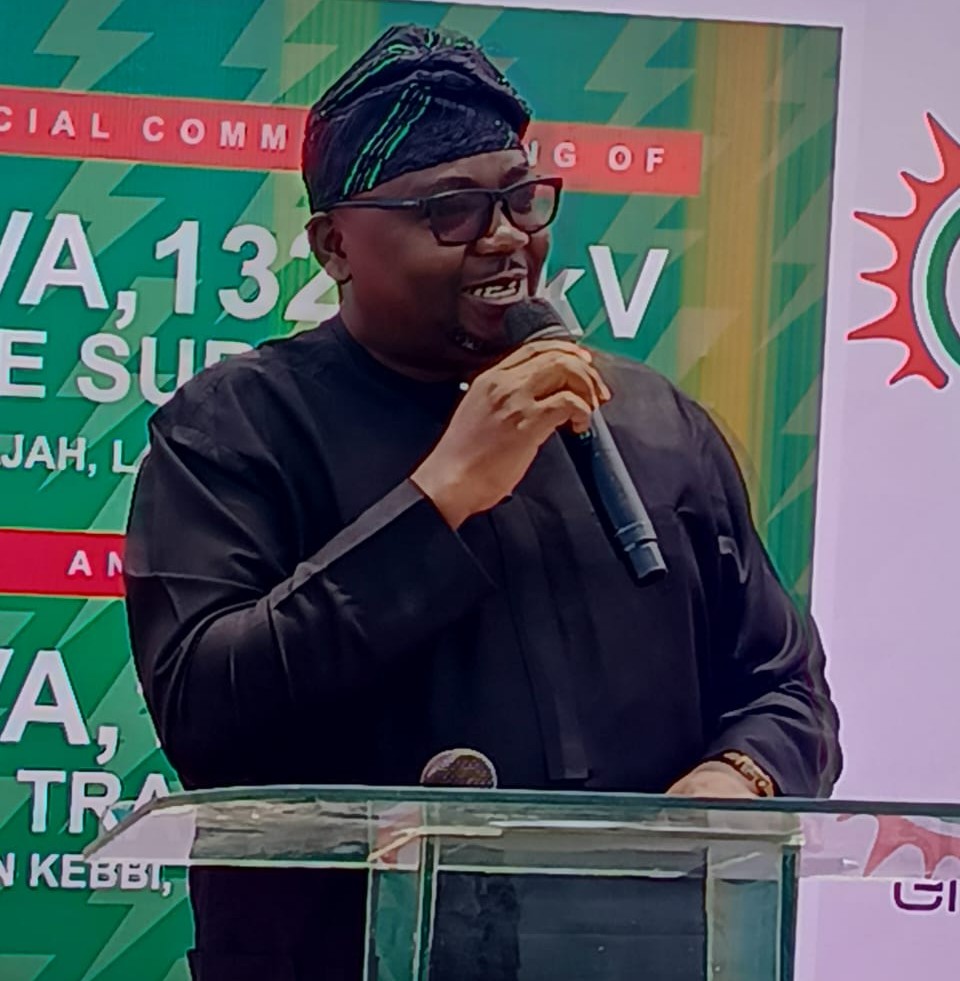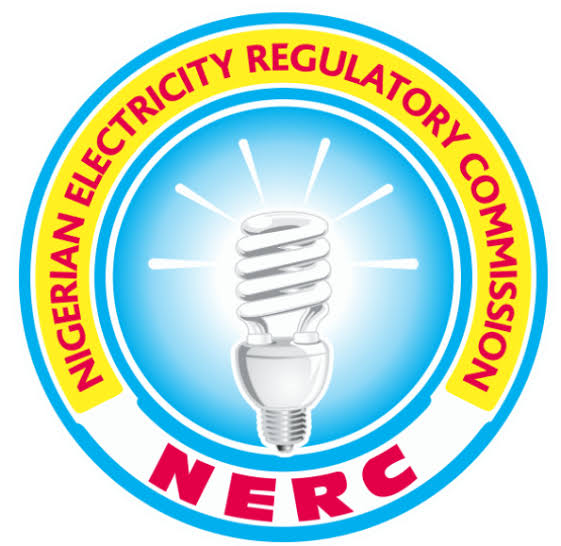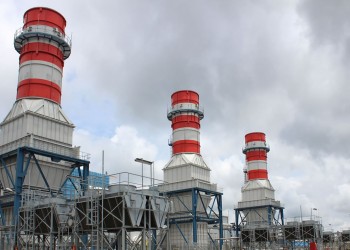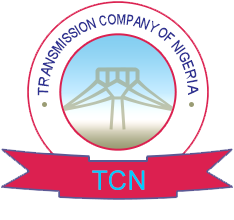Electricity: FG Reaffirms Commitment To Achieving 30GW By 2030

By Sunday Etuka, Abuja
In line with the Nigeria Energy Transition Plan, the Federal Government has reaffirmed commitment to achieving 30gigawatts of electricity by 2030.
Minister of Power, Chief Adebayo Adelabu who stated this on Wednesday at the Africa High-Level Roundtable on Sustainable Hydropower in the African Renewable Energy Mix of the 21st Century in Abuja said, 30% of the targeted 30gigawatts would be generated from renewable energy sources.
To achieve this, Chief Adelabu disclosed that the Federal Government is exploring a Sustainable Power and Irrigation Project for Nigeria (SPIN) with the World Bank to improve utilization of existing storage for irrigation and hydropower generation and strengthen institutional arrangements for integrated water resources management in the country.
He said, the SPIN is intended to unlock additional 10GW combined capacity from existing dams with provision for hydro but not fitted, partially incomplete dams with provisions for hydropower, Greenfield projects and existing multipurpose dams that could be modified/redesigned and retrofitted.
The Minister said, “according to the International Energy Agency, over 600 million Africans (or 43% of the total population) currently lack access to electricity with Nigeria having the bulk of the population estimated to be over 85 million by the World Bank. This not only hinders economic growth but also impacts basic human capital development on the continent”.
While painting further gloomy picture of the continent, he said, Africa’s hydropower potential is estimated to be around 340 GW, of which only 11% (less than 40MW) are exploited, compared to 53% in Europe, 39% in North America, 26% in South America and 20% in Asia.
He, however, pointed out that the gap presents a tremendous opportunity for responsible and sustainable hydropower development to improve energy access on the continent while increasing the renewable energy penetration in the energy mix.
Adelabu, however, noted that in Nigeria, hydropower has been a substantial contributor to the energy supply mix for some decades, accounting for about 20% of total grid supply.
He stated that currently, Nigeria has completed key hydropower projects such as 760MW Kainji hydropower, 578MW Jebba hydropower, 600MW Shiroro hydropower, 40MW Mabon hydropower project and the recently commissioned 700MW Zungeru hydropower and 40MW Kashimbila hydropower.
He revealed that Nigeria is rich with an abundance of water resources along the different basins of the country. However, he said, whilst the country has a hydropower potential estimated at 14GW, only about 15% has been explored, signifying huge untapped potential in hydropower across Nigeria.
The Minister further revealed that “the country has over 340 dams spread across different geo-political zones, under the management of the three government tiers and many are not optimally utilized or at risk of damage.
“For the small hydropower, a multitude of river systems, providing about 70 micro dams, 126 mini dam and 86 small sites, supply a technically exploitable capacity of 3.5GW, but only 1.7% (0.06GW) of these resources is currently being tapped. While there is about 10GW of potential untapped capacities from the large and medium-sized hydropower”, he said.
While acknowledging the immense potential for hydropower development in Africa, he said, it was important to also consider responsible development.
“We must address environmental concerns around dam construction and ecosystem disruption, alongside social impacts on local communities. This requires a commitment to sustainability, stakeholder engagement, and innovative solutions to financing these large-scale projects”, he added.
He said, despite the challenges, Africa could unlock the true potential of hydropower through collaborative and sustainable approach.






